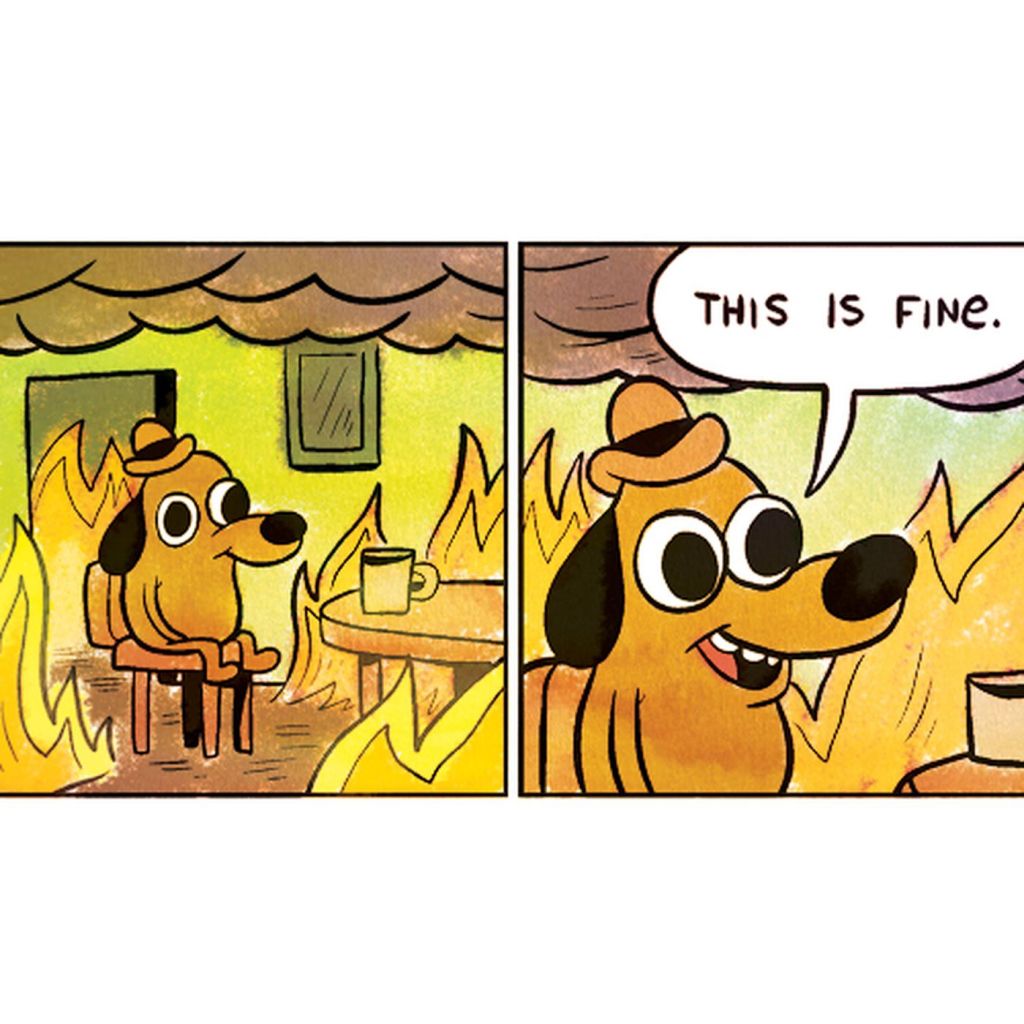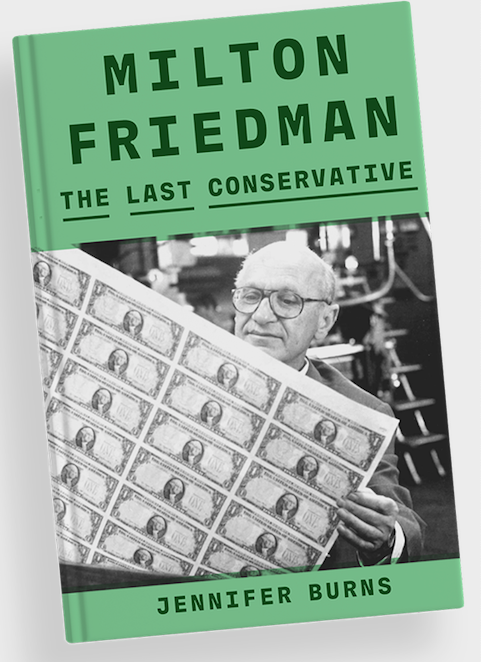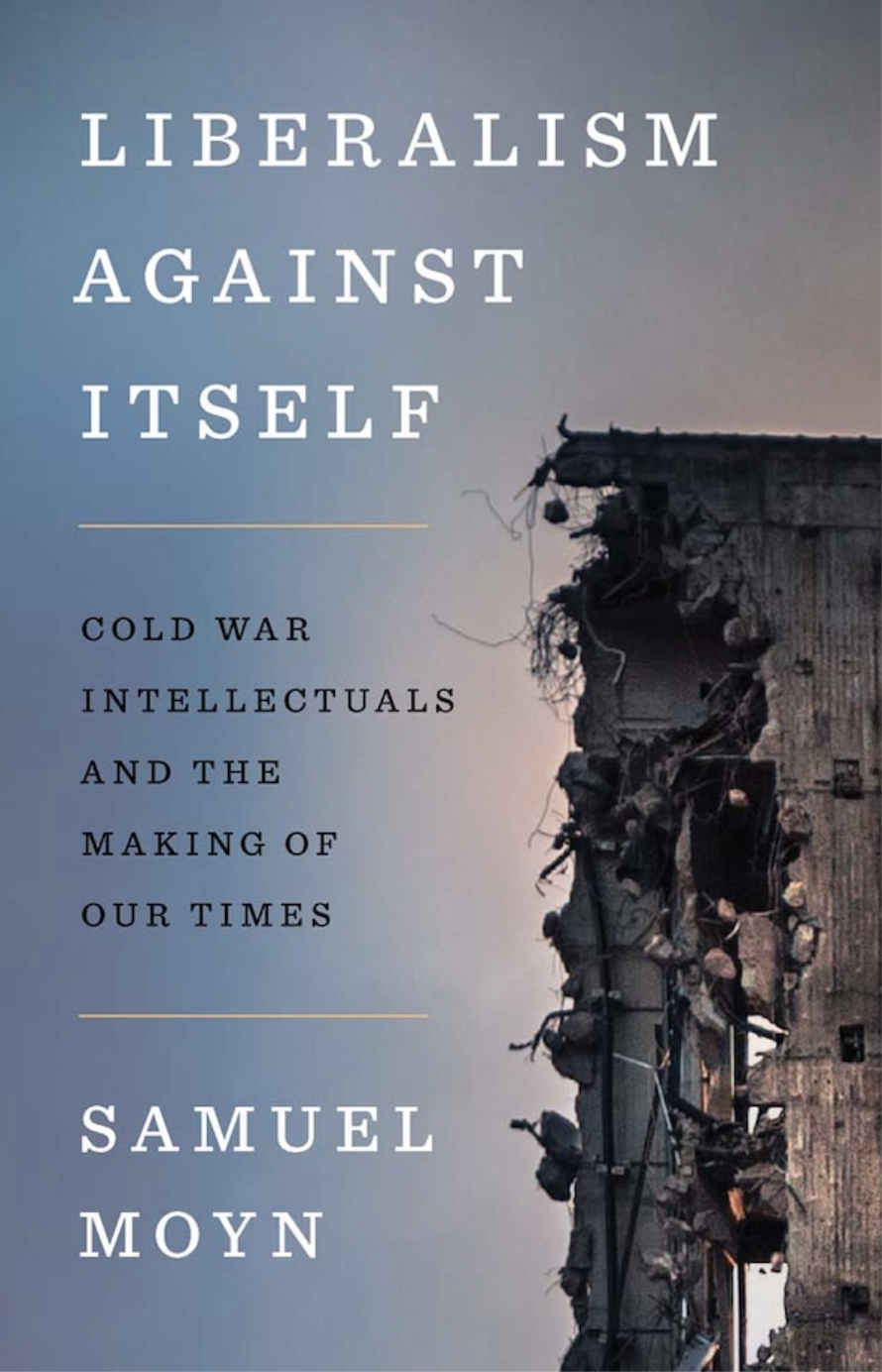History 201: The History of Now
Professor Patrick Iber
History is the study of change over time, and requires hindsight to generate insight. Most history courses stop short of the present, and historians are frequently wary of applying historical analysis to our own times, before we have access to private sources and before we have the critical distance that helps us see what matters and what is ephemeral. But recent years have given many people the sense of living through historic times, and clamoring for historical context that will help them to understand the momentous changes in politics, society and culture that they observe around them. This experimental course seeks to explore the last twenty years or so from a historical point of view, using the historian’s craft to gain perspective on the present.
The course will consider major developments—primarily but not exclusively in U.S. history—of the last twenty years, including 9/11 and the War on Terror, the financial crisis of 2008 and its aftermath, social movements from the Tea Party to the Movement for Black Lives, and political, cultural, and the technological changes that have been created by and shaped by these events. This course is designed to be an introduction to historical reasoning, analysis, writing, and research. We will practice looking at current events and developing the research skills to place them in historical context. We will practice reading the world around us as a primary source. We will explore the promise and limits of historical analogy. And we will work to understand ourselves as actors in history, shaped by our own historical context. Finally, we will look forward, to try to think about what the future may find significant about our own time.
The course will teach you how historians think, and how to write a research paper using historical sources. We will work on finding good primary and secondary sources, asking historical questions, developing an argument, building a bibliography, and writing up your findings. The final product, which you will have chances to revise and improve, is an approximately 10 page original paper. Many weeks you will have a preparatory writing assignment that will help you develop those skills.
I would like to acknowledge the contributions of Marlana Margaria, Peter Shulman, Kathleen Belew, Margaret O’Mara, and Seth Cotlar, who have all contributed ideas that have improved this syllabus. All decisions about what to include are my own.
Week 1: Introduction
Tuesday, January 26:
- Introduction to the class. You don’t need to do any reading or preparation.
Thursday, January 28:
- Today in class we will be talking about history and about the “History of Now.” Please read the following short articles before class today:
- Emma Pettit, “How Kevin Kruse Became History’s Attack Dog,” Chronicle of Higher Education(December 16, 2018), https://www.chronicle.com/article/How-Kevin-Kruse-Became/245321
- Jennifer Schuessler, NYT profile of Ibram Kendi, August 2019: https://www.nytimes.com/2019/08/06/arts/ibram-x-kendi-antiracism.html
- Ben Smith, NYT profile of Heather Cox Richardson, December 2020: https://www.nytimes.com/2020/12/27/business/media/heather-cox-richardson-substack-boston-college.html
- And please listen to a podcast on the topic of your choice from Throughline, hosted by journalists Rund Abdelfatah and Ramtin Arablouei: https://www.npr.org/podcasts/510333/throughline
Week 2: 9/11
Tuesday, February 2
- Terry Anderson, “9/11: Bush’s response,” from Understanding the U.S. Wars in Iraq and Afghanistan, edited by Beth Bailey and Richard Immerman, 54-74.
- John Dower, Cultures of War: Pearl Harbor | Hiroshima | 9-11 | Iraq (New York: Norton, 2010), pp. 62-94; 394-436.
- Melvyn P. Leffler, “Bush’s Foreign Policy,” Foreign Policy no. 144 (Sep. – Oct. 2004), pp. 22-24+26-28.
Thursday, February 4
- Today in class we will be working on understanding the difference between primary and secondary sources.
- Your writing assignment this week is to compare the experience of reading primary sources and secondary sources. The readings for Tuesday are all secondary sources: scholars analyzing and synthesizing data. Primary sources are the raw data of history. Here is a page from the community blog Metafilter that unfolded in real time on September 11, 2001. (This article briefly describes the context: https://www.smithsonianmag.com/smart-news/how-internet-reacted-two-planes-crashing-wtc-91101-180952675/ and this is the actual post, which is long: https://www.metafilter.com/10034/Plane-crashes-in-to-the-word-trade-center). After you’ve read the forum, write about the differences you noticed between reading secondary sources and primary sources. Are the kinds of conclusions that you can draw different in any way? How do the ways that you need to read change? 400-500 words.
Week 3: The War on Terror
February 9:
- Mary Dudziak, “What is a War on Terror?” from War•Time: An Idea, Its History, Its Consequences (New York: Oxford University Press, 2012), 95-132.
- Melvyn P. Leffler, “The Foreign Policies of the George W. Bush Administration: Memoirs, History, Legacy,” Diplomatic History 37, no. 2 (2013): 190-216.
- Andrew McKevitt, “Watching the War made us Immune: The Popular Culture of the Wars,” from Understanding the U.S. Wars in Iraq and Afghanistan, edited by Beth Bailey and Richard Immerman, 238-258.
February 11:
- Today in class we will be working on critically analyzing primary sources.
- Your writing assignment this week is a brief autobiography. All of us are potential subjects for future historical study. In 50 or 500 years someone could stumble across your diary and use it to try and understand the world and time you lived in. What would your story say? What could someone learn from it? For class, prepare your own autobiography. How would you explain your life to another person? How would you explain how you have arrived at your current self? You may include whatever details and events that you wish in your account. There is no list of things you must include. Simply focus on what you feel is important for people to know about you. You can use first or third-person point of view in your writing, and may conduct oral history interviews of relatives if you like. 500-750 words. This assignment will be read by your peers as part of a class activity.
Week 4: The Financial Crisis
Tuesday, February 16:
- Podcast: Giant Pool of Money, This American Life, https://www.thisamericanlife.org/355/the-giant-pool-of-money
- Eric Rauchway, “Neither a Depression nor a New Deal: Bailout, Stimulus, and the Economy,” pp. 30-44 in The Presidency of Barack Obama: A First Historical Assessment (Princeton: Princeton University Press, 2018).
- Matthew Desmond, Evicted: Poverty and Profit in the American City, excerpt in “Forced Out,” New Yorker, February 8/15, 2016, https://www.newyorker.com/magazine/2016/02/08/forced-out
- Mike Konczal (et al.), “Sweet Forgiveness,” Boston Review, November 2012 http://bostonreview.net/forum/sweet-forgiveness [This is forum, please read the responses along with the main article.]
Thursday, February 18:
- Today in class we will be working on critically analyzing secondary sources.
- This week, we want to consider the historical specificity of our own times. To do that, I want you to go back and consider a piece of culture (in the broad sense) from your life. Revisit a culture object from your childhood or early teenage years (e.g. a movie, play, clothing trend, dance craze, song, piece of art, toy, etc.). What values does it express? Whose values? What conditions made possible its creation, distribution, and consumption? Does this artifact tell the story of an individual, sub-group, or population? Does this piece of culture represent a continuation of, break with, or reconfiguration of longer historical and cultural trends? What marks it as belonging to a specific point in time? What does it tell us about the society that produced it? What assumptions does it make about the audience? What does it take for granted? Has something already changed that makes it feel “dated”? What I am asking you to do here is to try to historicize something very recent, and in the process to understand your own historical perspective. Approximately 500 words. (This article may be helpful: http://www.smithsonianeducation.org/idealabs/ap/essays/looking.htm)
Week 5: The Internet
Tuesday, February 23:
- Margaret O’Mara, “The High-Tech Revolution and the Disruption of American Capitalism,” in Capitalism Contested, Penn Press, 2020, edited by Romain Huret, Nelson Lichtenstein, and Jean-Christian Vinel, pp. 199-223.
- Joanne McNeil, Lurking: How a Person Became a User, 82-111
- A look at what the internet looked like in 1995: https://www.businessinsider.com/flashback-this-was-the-internet-in-1995-2013-4
- Tom Whyman, “Give the Nobel Prize in Literature to Dril,” https://theoutline.com/post/7245/give-the-nobel-prize-to-dril
Thursday, February 25:
- In class today, we will be working on choosing reliable sources and building a bibliography.
- Your homework this week is to install Zotero bibliographic management software. It is free to download and use. I would also encourage you to get the browser connector, if possible, and to try out the software. But we’ll be going over some of the basics as part of class.
Week 6: Changes on the Right
Tuesday, March 16
- Nicole Hemmer, Chapter 12 from Messengers of the Right: Conservative Media and the Transformation of American Politics, pp. 252-276.
- Vanessa Williamson, Theda Skocpol, and John Coggin, “The Tea Party and the Remaking of Republican Conservatism,” Perspectives on Politics 9, no. 1 (March 2011).
- Geoff Kabaservice, https://www.politico.com/magazine/story/2018/09/09/liberals-dont-know-much-about-conservative-history-219742
- Julian E. Zelizer, “Tea Partied: President Obama’s Encounters with the Conservative-Industrial Complex,” chapter 2.
Thursday, March 18
Today in class we’re going to be working on reading deeply into primary sources. Your writing assignment this week asks you to practice reading the world around you as a primary source, the way that a historian reads the sources of the past. When we read, watch, or listen to something from the past, we try to learn as much about it as possible. First, and most obviously: what does it say? But also: what does it not say? What is the purpose of the document? What do we know about its author? What do we know about its audience? What kind of perspective does it represent? What kind of language does it use? What kind of feelings does it try to generate? What does it tell us about the time in which it was produced?
All of these questions can be asked about contemporary sources just as they can be asked as the products of the past. The world is full of primary sources: music videos, newspaper articles, advertisements, tweets, books, movies, houses, your uncle at Thanksgiving, consumer goods. All of these can be “read” with the right frame of mind and the right training.
This week I want you to spend an hour looking at a right-wing news or opinion source. This could be an hour of television: Fox News, or OANN. It could be a talk radio show. Or you can spend time on a web site, like Breitbart, or the more intellectual National Review, or the libertarian Reason magazine, a YouTube channel like PragerU, or something else that interests you. After you’ve spent an hour watching, reading, or listening, analyze it like a primary source. Consider the totality of the publication: what do its ads tell you about its audience? What do its messages tell you about their authors? What does it care about? What does it not care about? What kind of worldview underlies its project? What marks this as a product of its time, and what does it tell us about the political right at this time? You don’t have to answer all of the questions, just the ones that make sense in context. 500 words, approximately.
Week 7: The Obama Administration
Tuesday, March 2
- This week’s readings come from the volume The Presidency of Barack Obama: A First Historical Assessment, edited by Julian Zelizer and published by Princeton University Press in 2018. Please read the following chapters (I suggest that you do so in this order):
- Gary Gerstle, “Civic Ideals, Race, and Nation in the Age of Obama,” chapter 17, pp. 261-279.
- Paul Starr, “Achievement without Credit: The Obama Presidency and Inequality,” chapter 4, pp. 45-61.
- Jeremi Suri, “Liberal Internationalism, Law, and the First African American President,” chapter 13, pp. 195-211.
- Choose one other chapter to read, on the topic that most interests you. (Do not use chapters 2 or 3, which we read already, or chapter 9, which we will read next week).
Thursday, March 4
- Today in class, we will be working on choosing topics and finding primary and secondary sources.
- Your assignment for today is simple. Spend some time thinking about what topic you would like to write about for your final paper. In order to fit within the scope of this class, it should be something that you can investigate historically. It doesn’t have to be something from the very recent past—it can be something whose origins you can investigate with relevance to the present. For example, if you want to know about campaign finance, you can look at the longer history of campaign finance law. Spend some time thinking and poking around. You should come to class with two possible topics that interest you. For each one, I want you to think about two historical questions that could be asked about the topics. Don’t be afraid to be specific and narrow—that’s how good research succeeds.
Week 8: The Movement for Black Lives
Tuesday, March 9
- Peniel Joseph, “Barack Obama and the Movement for Black Lives,” pp. 127-143 in The Presidency of Barack Obama: A First Historical Assessment (Princeton: Princeton University Press, 2018.
- Simon Balto, Occupied Territory, Prologue, Chapter 1, Chapter 5, pp. 13-55; 154-189
- Adam Serwer, “The Next Reconstruction,” https://www.theatlantic.com/magazine/archive/2020/10/the-next-reconstruction/615475/
Thursday, March 11
- This week, you should come to class with a research proposal. A proposal is a document that describes the work that you plan to undertake. Your proposal should describe the topic you have chosen and the question related to that topic that you will seek to answer. You should tell the reader what why your topic is important, and how you are going to go about researching an answer to your question. You should describe the primary and secondary sources that you will use. Your proposal should end with a brief bibliography, containing at least two primary and two secondary sources.
- During class this week, we will workshop your proposals.
Week 9: The Trump Administration
March 23: How do we understand the Trump administration as a historical phenomenon?
- Andrew Marantz, https://www.newyorker.com/magazine/2016/10/31/trolls-for-trump
- Susan Glasser, “The Man Who Put Andrew Jackson in Trump’s Oval Office,” https://www.politico.com/magazine/story/2018/01/22/andrew-jackson-donald-trump-216493
- Dylan Riley, “What is Trump?” New Left Review 114 (November-December 2018): 5-31.
- Federico Finchelstein, From Fascism to Populism in History, pp. 1-30, 247-256.
March 25: Argument and analogy
Writing assignment: The political rise of the guy with a cameo in Home Alone 2: Lost in New York to the most powerful position in the world has caused an almost unprecedented boom in the demand for historical study that can help us understand what we are living through. Analogies have been found in abundance: there are comparisons to Adolf Hitler, to Benito Mussolini, to Juan Domingo Perón. Others have pushed back, saying that the analogies do not hold together or that looking outside of the U.S. for comparison does not enlighten but obscures, and that what we really need to understand is not “populism” or “fascism” but America’s own political and racial history. Those who take this point of view, whether from critical or admiring perspectives, look for other analogies: Andrew Jackson, George Wallace, Richard Nixon.
For this writing assignment, the goal is not for you to make a case for one particular analogy over another. I want you to find at least two pieces that do make a comparison of the 45th president with some other figure in history. One should make the case for similarity, while the other should make the case for dissimilarity with the same figure. Write a short paper analyzing the historical reasoning behind each argument. What is the basis for comparison? Are the authors considering personality, political positions, political style (including the use of media), the nature and demographics of the political movement in support, the economic conditions shaping public opinion, social changes establishing the potential for backlash, and so on? How do the case for and the case against the comparison differ in the logics that they use? Please write approximately 500 words.
Week 10: Changes on the Left
Tuesday, March 30:
- Eric Foner, “Why is there no socialism in the United States?” History Workshop no. 17 (Spring 1984): 57-80.
- Michael Kazin, “Criticize and Thrive: The American Left in the Obama Years,” pp. 246-260 in The Presidency of Barack Obama: A First Historical Assessment (Princeton: Princeton University Press, 2018.
- Aziz Rana, “Goodbye, Cold War,” n+1, Winter 2018, https://nplusonemag.com/issue-30/politics/goodbye-cold-war/
- Charlotte Alter, “Inside Alexandria Ocasio-Cortez’s Unlikely Rise,” Time, https://time.com/longform/alexandria-ocasio-cortez-profile/
Thursday, April 1:
- Writing assignment: two weeks ago we spent time reading right-wing news as a primary source. This week I want you to do the same exercise, but with a left-wing source. Please find something that is really on the left, not just center-left. If you want to watch an hour of MSNBC, that’s fine, but if you do so then you should also listen to this critique of MSNBC from the left (https://medium.com/@CitationsPodcst/episode-61-what-the-hell-is-wrong-with-msnbc-part-ii-610609726b96). If you want a video source, you might watch Democracy Now; you could listen to an episode of the “dirtbag left” podcast Chapo Trap House, the self-proclaimed “Depressed Left” gem Know Your Enemy, a YouTube channel like ContraPoints, or you could spend time with one of the many left-wing magazines that dot the landscape: Jacobin, Dissent, The Baffler, n+1, or Current Affairs. Then analyze it as a primary source, asking the same kinds of questions that we did two weeks ago. Once again, approximately 500 words.
- During class, we will work on constructive feedback and peer reviews.
Week 11: Pandemics and the Past
Tuesday, April 6:
- Throughline podcast episode on the 1918 flu, https://www.npr.org/2020/03/25/821597079/1918-flu
- Steven Burg, Wisconsin and the Great Spanish Flu Epidemic of 1918, Wisconsin Magazine of History 84, no.1 (Autumn 2000), https://content.wisconsinhistory.org/digital/collection/wmh/id/43606
- Alex de Waal, “New Pathogen, Old Politics,” Boston Review, April 3, 2020, http://bostonreview.net/science-nature/alex-de-waal-new-pathogen-old-politics
Thursday, April 8:
- This week, you should come to class with a first draft of your final paper. You should have at least five pages, incorporating your two (or more) primary sources and two (or more secondary sources). These drafts are going to be shared with your groups for constructive feedback, so be ready for that. The more you have, the more you will get out of the feedback.
Week 12: Thinking Globally
Tuesday, April 13:
- Watch documentary: American Factory [available on Netflix]
- Valeria Luiselli, Tell me How it Ends [selections]
Thursday, April 15:
- This week is time to work on your final papers. There will be individual check-up meetings.
Week 13: Thinking about the Future
Tuesday, April 20:
- William Cronon, “The Trouble with Wilderness,” in Uncommon Ground: Rethinking the Human Place in Nature, (New York: W. W. Norton & Co., 1995), 69-90; online at https://www.williamcronon.net/writing/Trouble_with_Wilderness_Main.html
- Chris Hayes, “The New Abolitionism,” The Nation, https://www.thenation.com/article/new-abolitionism/
- The annotated version of the David Wallace-Wells article that became The Uninhabitable Earth, http://nymag.com/intelligencer/2017/07/climate-change-earth-too-hot-for-humans-annotated.html?gtm=top>m=top
Thursday, April 22:
- This week is time to work on your final papers. There will be individual check-up meetings.
Week 14: Working Time
April 27:
- Today we will be meeting for final read-throughs with your peers. You should try to come with a complete version of your research paper, but be open to making small changes that will improve it based on feedback.
April 29:
- This is time for you to finish your work. Instructors will be available for consultation.





Leave a comment